Over the ages, sailors have crafted a unique lexicon to articulate the nuances of their environment, encompassing everything from objects and people to tasks and places. Interestingly, a considerable chunk of this nautical lingo has made its way into the English lexicon, often slipping by unnoticed by the general public, who are oblivious to its maritime roots.
If you’re fascinated by the maritime origins of these everyday expressions, keep on reading!
Ships husband
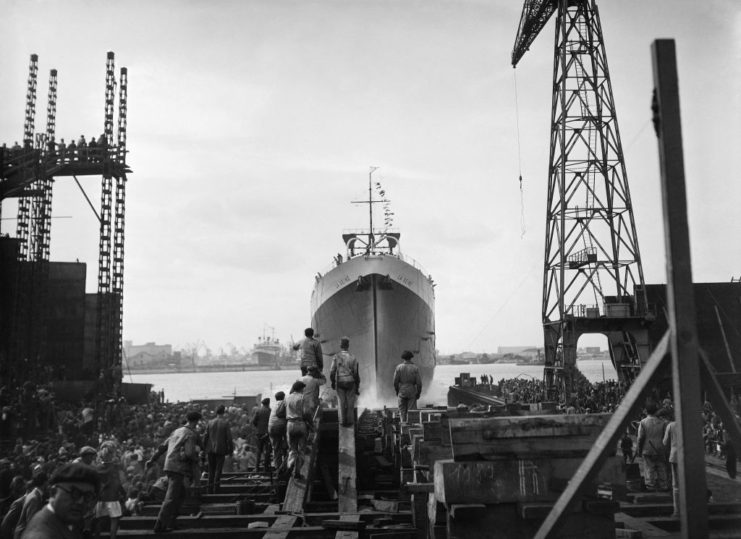
When a ship is heading back to port for repairs, a sailor might colloquially mention that the vessel is returning to her “husband.” In this context, “husband” denotes the person in charge of the shipyard who’s responsible for restoring the ship to operational condition.
In through the hawsepipe
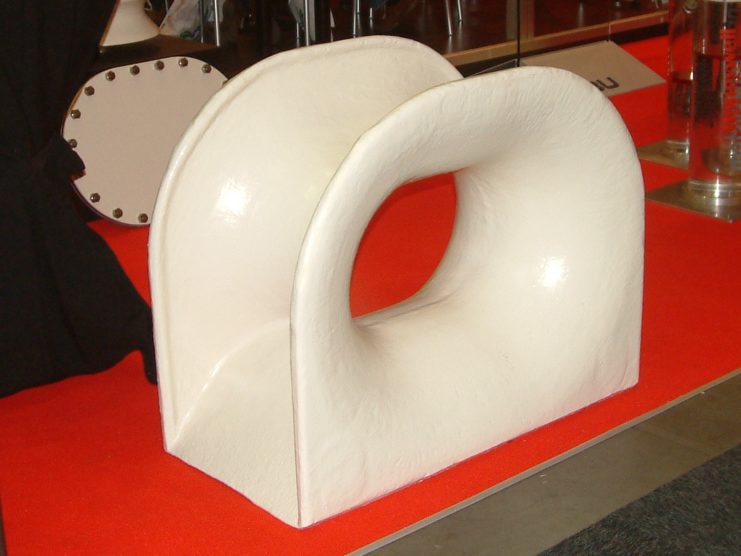
“In through the hawsepipe” is a naval colloquialism employed by sailors who achieve officer status through unconventional pathways, symbolizing their journey through the hierarchical ranks of a ship.
In this particular context, it signifies commencing at the lowest rung. The hawsepipe – or hawsehole – refers to the opening in the ship’s bow through which the anchor cable is threaded.
Let the cat out of the bag
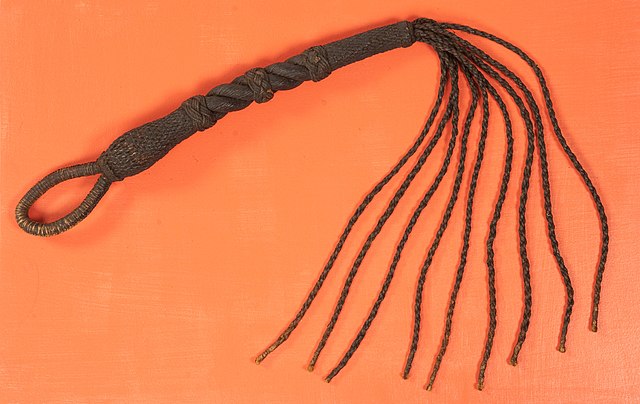
“Letting the cat out of the bag” describes the punishment of whipping in the Navy.
The term “cat” points to the cat o’ nine tails, a formidable whip with multiple tails that’s typically kept within a cloth bag. Sailors were aware that this punishment was imminent when the superior administering the discipline extracted the whip from its bag.
Knot
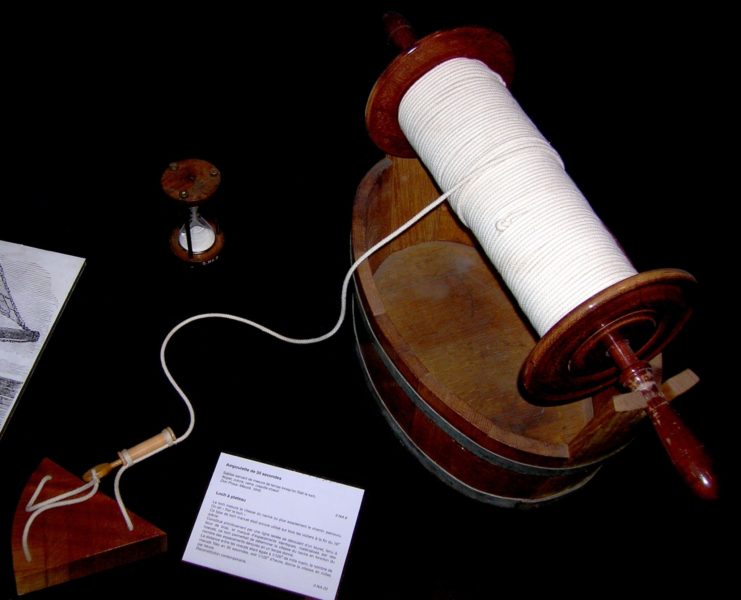
A knot serves as a universally recognized unit for measuring speed through water. Its origins lie in the method sailors employed to gauge a ship’s velocity. A length of rope was marked with colored knots at intervals of 47.33 feet. Attached to one end was a piece of wood that floated in the water, allowing the rope to uncoil as the ship progressed.
By counting the number of knots slipping through a sailor’s fingers within a 28-second span, the vessel’s speed could be determined.
Scuttlebutt
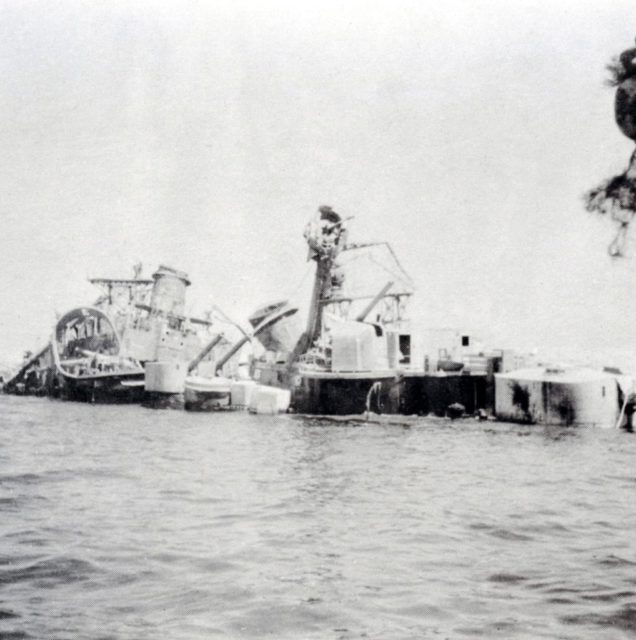
Within naval circles, “scuttlebutt” is a stand-in for gossip or rumor. Its roots lie in “scuttle,” the act of intentionally sinking a vessel by piercing holes in its hull, and “butt,” the cask where sailors would gather to chat. Essentially, it symbolizes the way rumors can affect morale, much like water seeping into a ship.
He knows the ropes
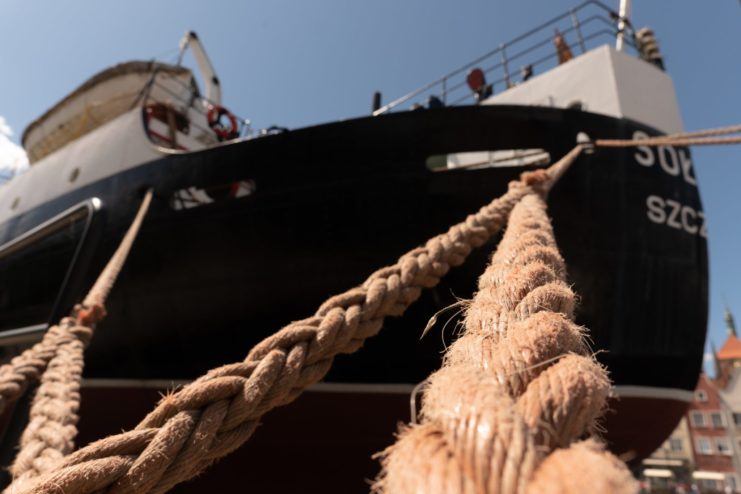
Spinning a yarn
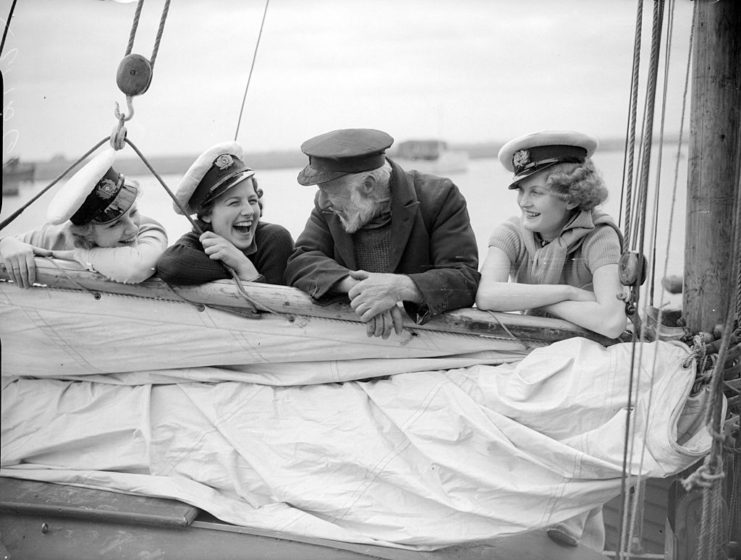
Today, to spin a yarn means to tell a story, one that’s perhaps slightly exaggerated. Its seagoing origins date back to naval officers who believed that, if seamen spent too much time telling stories, then no work would be done.
At least once a week, a ship’s crew would have to unravel old lines of rope. During this, the men could converse and tell stories as much as they pleased, and the time became known “spinning yarns.” Eventually, telling a tall tale turned into spinning a yarn.
Devil to pay

This expression is used today to describe that something unwanted is looming. However, some claim the term originates from the despised task of waterproofing a wooden ship’s longest seam along the keel. This is sometimes disputed, but there are many who believe it.
The seam was named the “devil” and would be “paid” or covered by tar. Paying the devil was an extremely unpleasant and difficult job, and the name was eventually used to describe any unwanted situation.
On the fiddle

The fiddle was a raised lip around the edge of a sailor’s plate. If food touched it, this meant he had too much and was described as being “on the fiddle.” This could earn him a whipping.
Bokoo
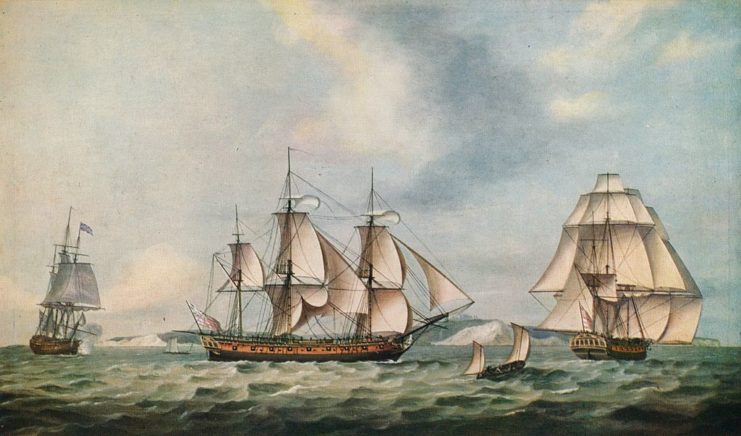
A sailor may say the word bokoo, meaning “many.” This actually comes from the French word, beaucoup, which has the same meaning. The spelling was simplified over time and is an example of the many words from other languages that have been incorporated into Navy slang when traveling the world.
Pea coat

More from us: Royal Navy Slang That’s Found Its Way Into Everyday Life
A peacoat is a thick jacket worn by sailors during bad weather. A potential origin for the name comes from the material from which it’s made, pilot cloth. Sailors would refer to the coarse, heavy fabric with the initial “P,” instead of pilot, which eventually became the “pea” in peacoat.
